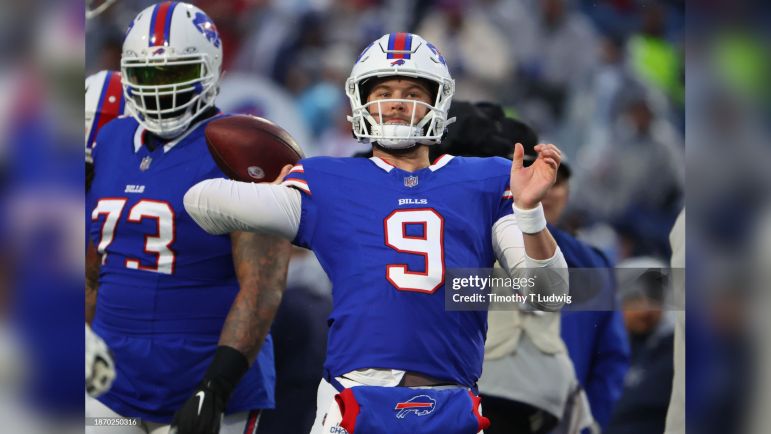Player: QB Kyle Allen
Stock Value: Purchased
Reasoning: The Steelers found their third quarterback yesterday, general manager Omar Khan confirming the news yesterday at the annual league meetings. He joins a room consisting of Russell Wilson and Justin Fields, the pair firmly entrenched in the top two positions. Kyle Allen helps replenish a room now vacated of the trio of the last two years. The Steelers released Mitch Trubisky and traded Kenny Pickett while Mason Rudolph departed in free agency.
The Pittsburgh Steelers filled out their depth chart at quarterback, or at least intend to, with Kyle Allen. The Steelers haven’t made the news official yet, but general manager Omar Khan already revealed the news.
The seventh-year veteran has played for four different teams since going undrafted in 2018. He saw his most extensive playing time with his first team, starting 13 games over two years with the Carolina Panthers. Allen started 12 games in 2019, going 5-7, throwing for 3,322 yards with 17 touchdowns and 16 interceptions.
After two years in Carolina, Allen moved on to the Washington Commanders for two seasons, starting four games. He started two more with the Houston Texans in 2022, both losses, but hardly played in Buffalo in 2023.
Allen holds a career 82.2 quarterback rating with a 26-21 touchdown-to-interception ratio. He has thrown for 4,735 yards, completing 62.6 percent of his passes and averaging 6.7 yards per attempt. He owns a career 7-12 record as a starter but is 1-5 since the start of the 2020 season.
And he is squarely in the third spot in the Steelers’ quarterback room. While you can leave room for debate between Wilson and Fields, Allen is clearly behind them. But as far as third quarterbacks go, he is pretty experienced, with 1,331 career snaps played. With that said, he has not played at least 200 snaps in a season since 2019. The bulk of his career experience came in that year when he logged 885 snaps in 13 games with 12 starts.
As the season progresses, Steelers players’ stocks rise and fall. The nature of the evaluation differs with the time of year, with in-season considerations being more often short-term. Considerations in the offseason often have broader implications, particularly when players lose their jobs, or the team signs someone. This time of year is full of transactions, whether minor or major.
A bad game, a new contract, an injury, a promotion—any number of things affect a player’s value. Think of it as a stock on the market, based on speculation. You’ll feel better about a player after a good game, or worse after a bad one. Some stock updates are minor, while others are likely to be quite drastic, so bear in mind the degree. I’ll do my best to explain the nature of that in the reasoning section of each column.








